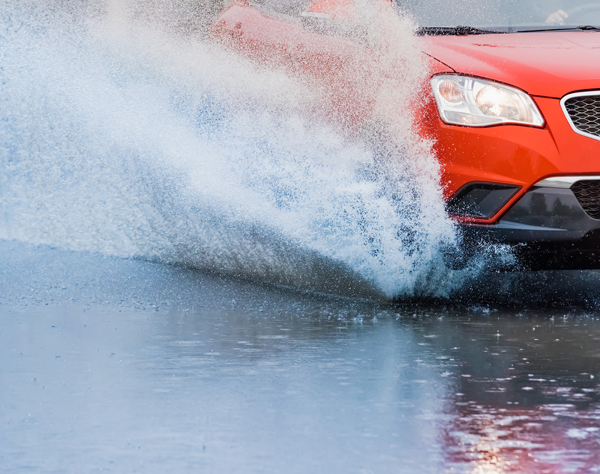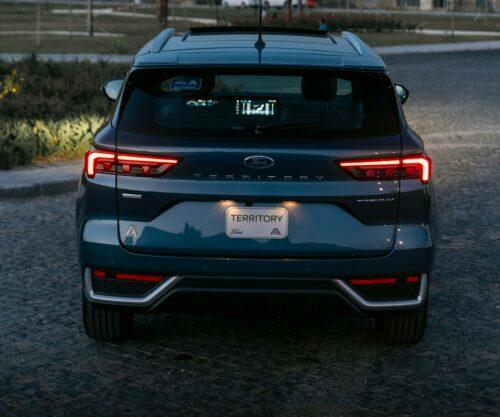
Flash floods are rare. But when they occur, they can wreak havoc.
By Vuyi Mpofu
The Automobile Association (AA) says flash floods can occur quickly, and be extremely dangerous. The association urges all motorists caught up in floods to follow some basic rules to negotiate the safest route out of these situations. It says the most important factor in dealing with floods is to avoid them in the first place. The South African Weather Service has issued severe weather alerts, along with flood warnings, for certain areas of the country for the next few days.
“On days when the weather is heavy, motorists should listen to local radio traffic reports, monitor social media, and check online websites for advisories and cautions. If roads on your normal route are flooded, seek alternatives, even if it means taking longer to get to your destination,” advises the AA. But, should you be caught in the flash floods, you need to follow some important rules. This is according to the AA. Firstly, if possible, turn around and drive away from the flooded area. If not, try and gauge the depth of the water ahead by watching other vehicles negotiate a specific stretch. Do not try to go through if it is deeper than 20cm as the water may damage mechanical and electronic components of your car.
In case you missed it, meet our new motoring contributor, Vuyi Mpofu!
Tips to negotiate flooded roads
• Obey authorities and emergency personnel when they tell you to avoid driving on a specific road.
• Do not try and cross a body of water, even if you think you can make it through. This is because the water may be deeper than you think while the road may have eroded.
• If there is a risk that you will be caught in a flood, pull off the road and look for higher ground.
• If you do pull off, make sure that you leave enough space for emergency vehicles to pass.
• If you have no alternative but to drive through, drive slowly in first gear with both hands on the steering wheel. This will give your car the necessary traction to move forward. Driving fast may result in aquaplaning.
• Ensure that you are visible; switch on your headlights.
• If your car is being surrounded by water, unfasten your seatbelt (and those of any children with you), unlock the doors and open the windows. If the water enters through the windows, get out of the car and wade to the nearest point of safer higher ground. Remember that you are more important than your car.
• If your car is suddenly submerged and your windows aren’t open, try to break a window and swim to the nearest point of safety.
• If you are caught in a flood, be patient and remain calm. The AA and emergency services will get to you, but may be delayed as they have to negotiate the same hazards.
• Be especially cautious at night or when visibility is low, as it may be harder to see floods ahead.
If you do make it through the water, check your car for any damage and feather the brakes to dry them. Have an expert examine it afterwards for any damage that may be longer lasting. If your car was partially or completely submerged, and you have stopped in a body of water, don’t try and start it unless a technician has looked at it as this may result in damage to the engine. “Finally, it is important to remain as calm as possible and assess the best way out. If this means leaving your car, do that rather than attempting to get it through as you may be endangering your life and those of any passengers with you,” the AA concludes




